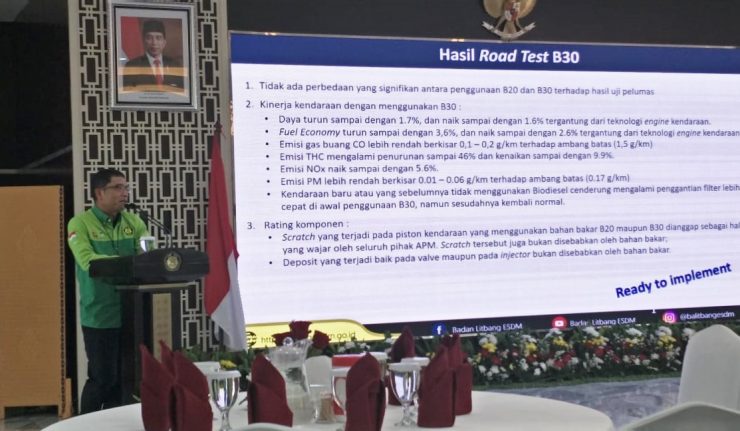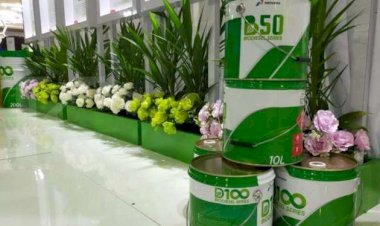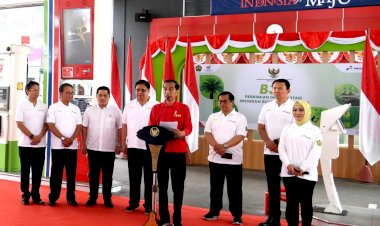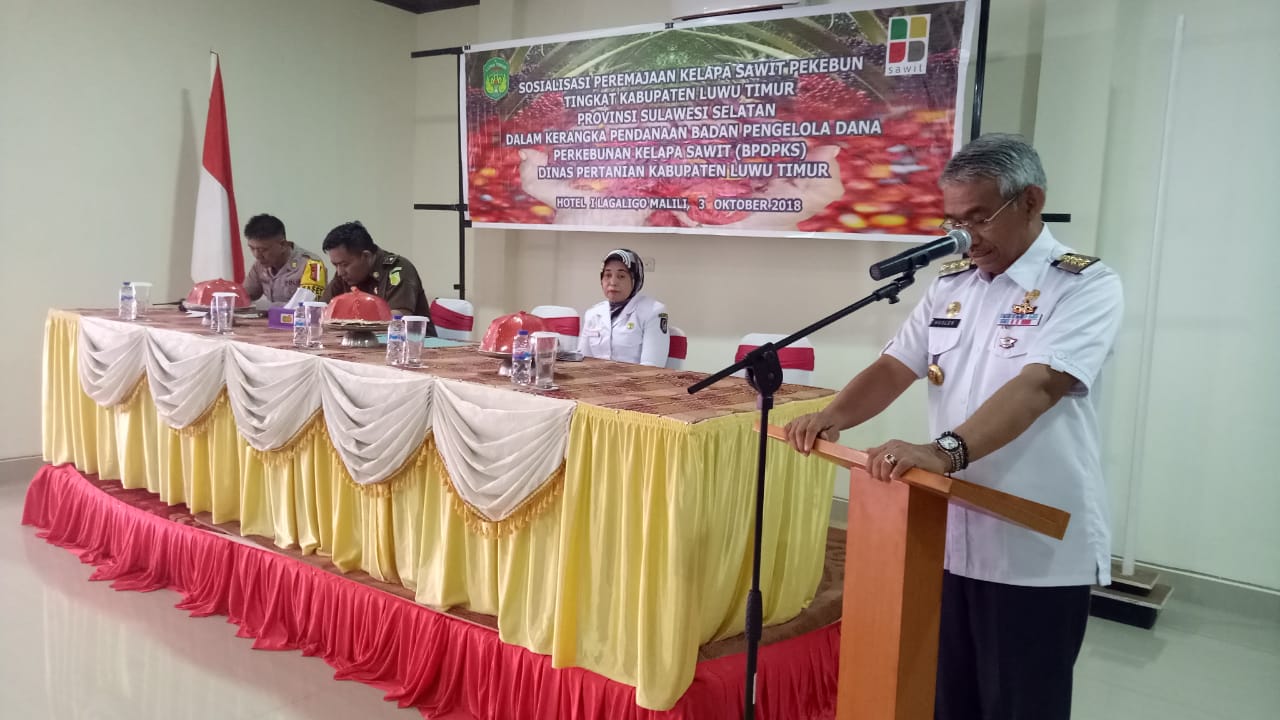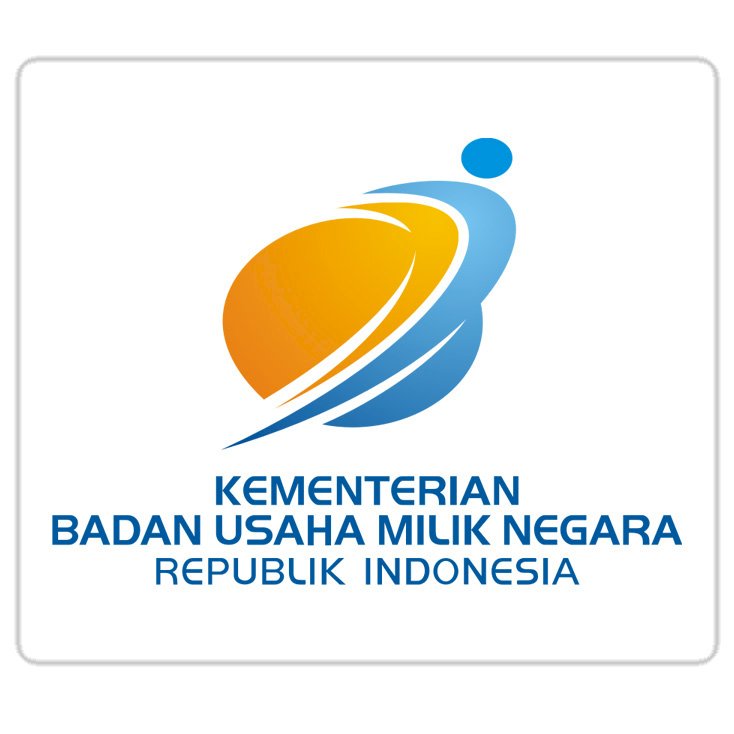Oil Palm Biomass, a Source of Renewable Energy
OIL palm cultivation and Crude Palm Oil (CPO) production generate large quantity of biomass that is often categorized as agricultural wastes. Oil palm biomass can create problems when simply left on the fields.
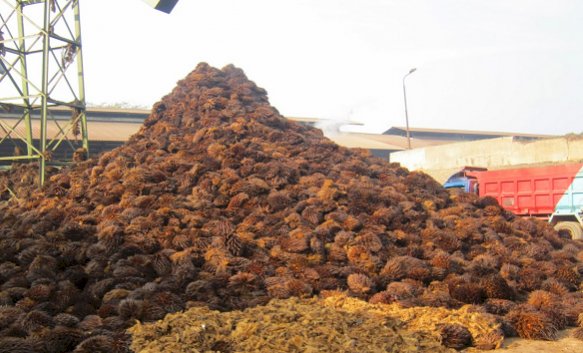
OIL palm cultivation and Crude Palm Oil (CPO) production generate large quantity of biomass that is often categorized as agricultural wastes. Oil palm biomass can create problems when simply left on the fields. In fact, oil palm biomass can be re-used for many purposes and converted into useful bio-products such as bio-fuel, biogas, bio-fertilizers, bio-composite and briquettes, as well as converted to fuels like coal to generate electricity.
Oil palm biomass includes empty fruit bunches (EFB), mesocarps fibres, kernel shells, oil palm frond, oil palm trunks, as well as palm oil mill effluent (POME). Oil palm fronds accounts for 70% of the total oil palm biomass produced, while the EFB accounts for 10% and oil palm trunks accounts for only about 5% of the total biomass produced.
Around 89% of the total oil palm biomass produced annually used as fuel, mulch, and fertilizer. Biomass can also be converted to energy by cogeneration system. The abundance of these biomass resources is increasing with the fast development of palm oil industries. Such oil palm waste are easily collected from 190 regency in Indonesia.
Biomass can also be turned into bio-coal, that serve as a alternative to coal. Using bio-pellets or bio-coal in electricity generation can reduce greenhouse gas emissions. This electricity generation can be directly integrated with rural palm oil mill and, if succesfully done so, building a sustainable renewable energy source. Biomass becomes cheaper energy sources holding a big potential and beneficial to the people living in rural areas. ***




